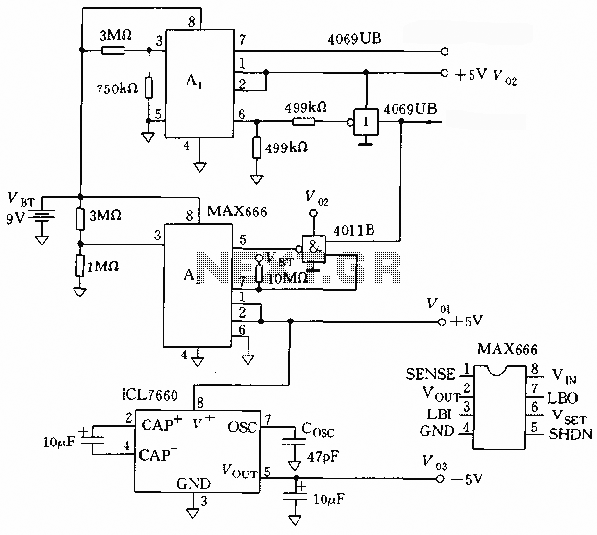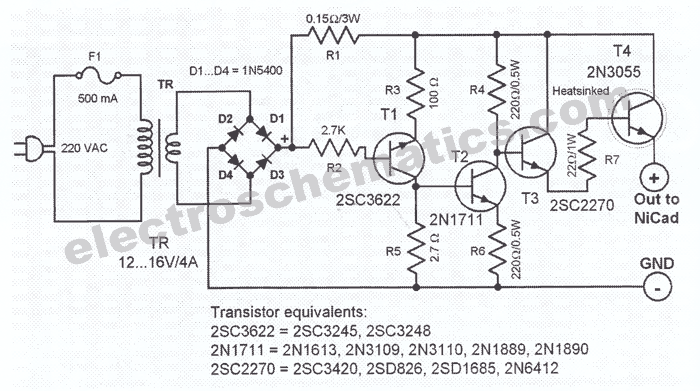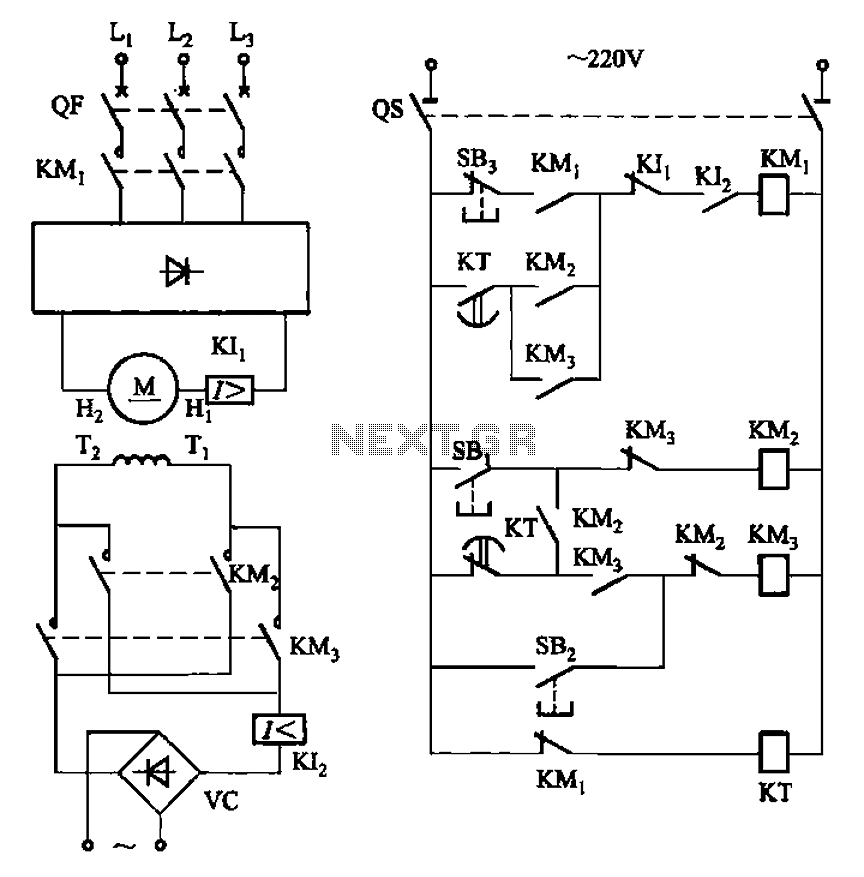
The microprocessor circuit using a power linear regulator

The microprocessor utilizes a linear regulator power circuit that is constructed using two MAX666 devices. The power supply for the CPU and A/D converter is connected to A2, while the RAM and real-time clock receive power from A1. The output voltage (Vo) of the MAX666 is determined by the VSET pin (pin 6). When VSET is connected to ground, a fixed output voltage of 5V is produced. Alternatively, by applying a voltage to the VSET terminal through a resistor divider connected to Vo, the output voltage can be programmed.
The circuit design features two MAX666 linear voltage regulators, which are integral for providing stable power supply voltages to various components of the microprocessor system. The MAX666 is known for its low dropout voltage and high efficiency, making it suitable for battery-powered applications.
In this configuration, the CPU and A/D converter are powered through the A2 output, ensuring they receive the necessary voltage for optimal performance. The RAM and real-time clock, which require a slightly different voltage level, are powered through the A1 output. This separation of power supplies helps to minimize noise and interference between components, enhancing the overall reliability of the system.
The output voltage of the MAX666 can be precisely controlled via the VSET pin. When VSET is connected directly to ground, the device outputs a stable 5V. However, for applications requiring different voltage levels, a resistor divider can be employed. This method allows for programmable output voltages, providing flexibility in design. By adjusting the resistor values in the divider network, a range of output voltages can be achieved, catering to the specific needs of the connected components.
This power regulation strategy is critical in ensuring that each part of the microprocessor system operates within its specified voltage range, thereby preventing damage and ensuring longevity. The design's adaptability through the use of the VSET pin enhances its applicability in various electronic systems, making it a versatile choice for engineers working on complex microprocessor designs.The microprocessor uses a linear regulator power circuit constructed as shown below, use two MAX666 simply. CPU and A / D converter power supply using A2, RAM and real-time clock power supply with A1. MAX666 output voltage Vo by the VSET (6 feet) to control access if VSET GND, a fixed 5V output voltage. If the resistor for dividing Vo, voltage is applied to VSET terminal share, thereby programmable output.
The circuit design features two MAX666 linear voltage regulators, which are integral for providing stable power supply voltages to various components of the microprocessor system. The MAX666 is known for its low dropout voltage and high efficiency, making it suitable for battery-powered applications.
In this configuration, the CPU and A/D converter are powered through the A2 output, ensuring they receive the necessary voltage for optimal performance. The RAM and real-time clock, which require a slightly different voltage level, are powered through the A1 output. This separation of power supplies helps to minimize noise and interference between components, enhancing the overall reliability of the system.
The output voltage of the MAX666 can be precisely controlled via the VSET pin. When VSET is connected directly to ground, the device outputs a stable 5V. However, for applications requiring different voltage levels, a resistor divider can be employed. This method allows for programmable output voltages, providing flexibility in design. By adjusting the resistor values in the divider network, a range of output voltages can be achieved, catering to the specific needs of the connected components.
This power regulation strategy is critical in ensuring that each part of the microprocessor system operates within its specified voltage range, thereby preventing damage and ensuring longevity. The design's adaptability through the use of the VSET pin enhances its applicability in various electronic systems, making it a versatile choice for engineers working on complex microprocessor designs.The microprocessor uses a linear regulator power circuit constructed as shown below, use two MAX666 simply. CPU and A / D converter power supply using A2, RAM and real-time clock power supply with A1. MAX666 output voltage Vo by the VSET (6 feet) to control access if VSET GND, a fixed 5V output voltage. If the resistor for dividing Vo, voltage is applied to VSET terminal share, thereby programmable output.





